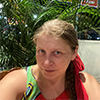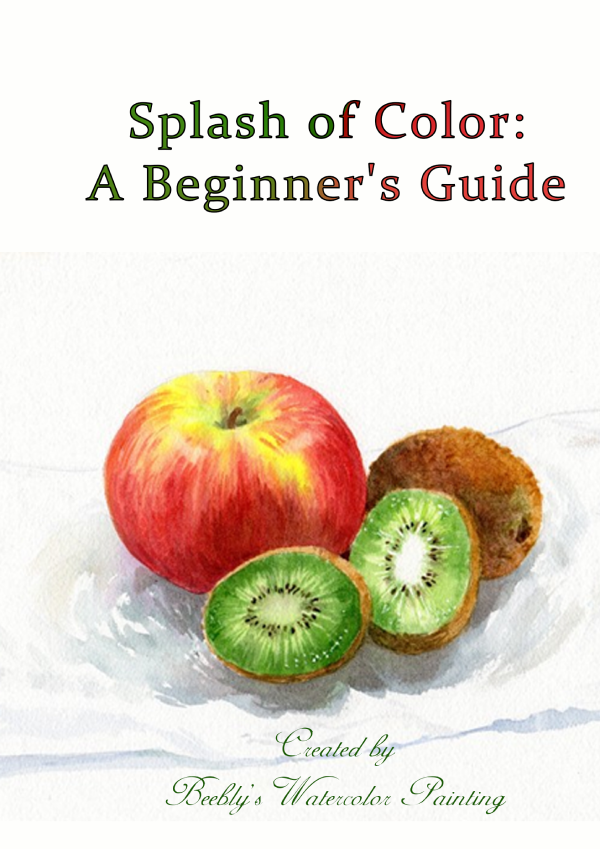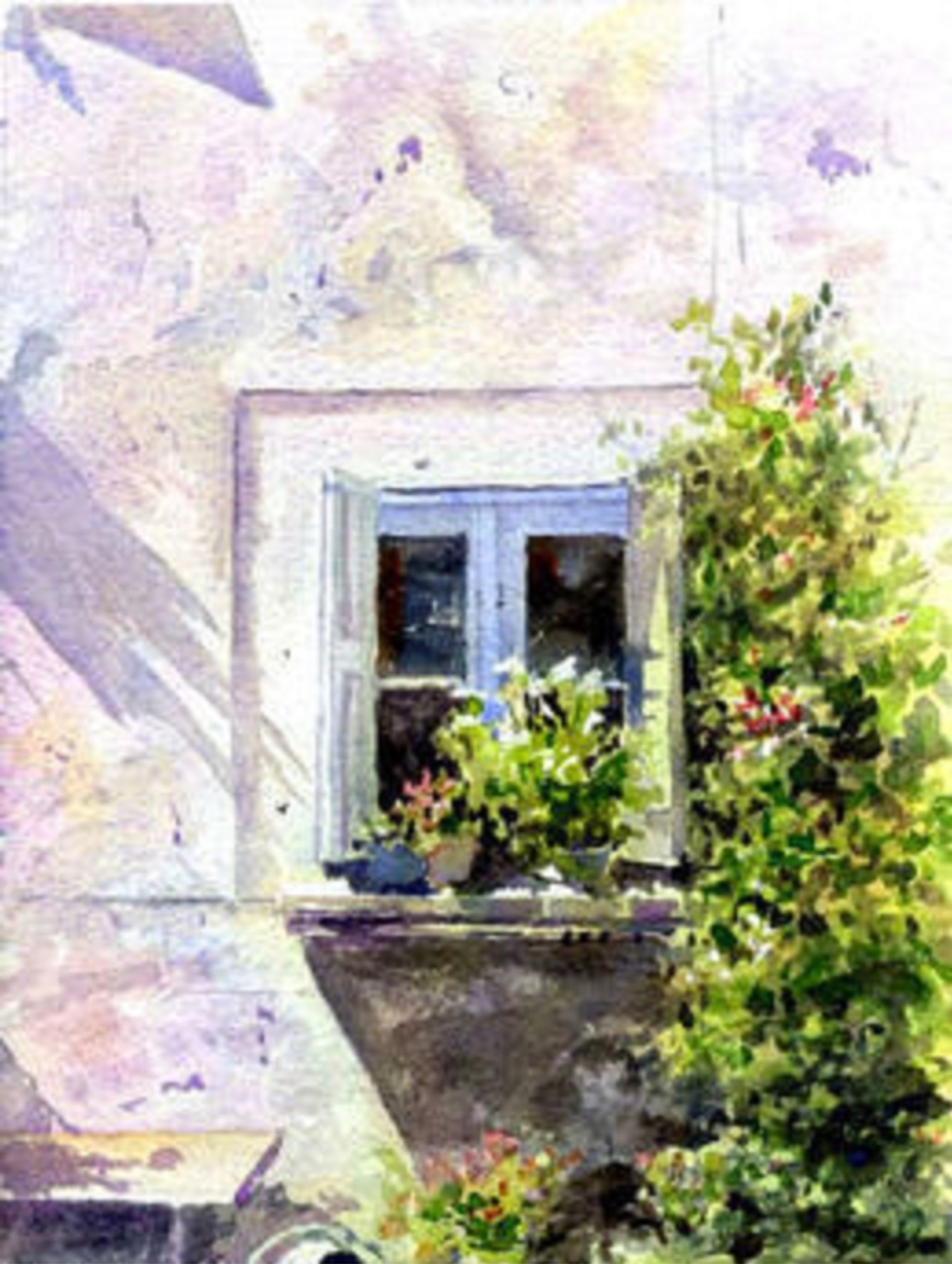
Original PhotoTaken with Fuji Fine pix digital camera at St Antonin in Southern France Allan Kirk's impressionistic watercolor exercise shows how to capture light and present the beauty that can be found in the simplest of subjects. The composition is brought to life by the way transparent watercolor is used to reflect the strong light and dark tones found under the southern French sun. For Allan Kirk, watercolor impressionism is the constant pursuit of light. Living in the south of France, Allan is able to work under strong sunlight in old, dusty medieval towns. It is the combination of light and...
Categories: Step-By-Step Painting Ideas , Watercolor Lessons , Intermediate Techniques
East Boothbay, Maine, USA Tony van Hasselt's workshops are still very popular. They should be, this whole "watercolor workshop" thing is largely his fault. As an immigrant-pioneer-art student, he and his friend, artist Jay O'Melia launched the first Painting Holidays workshops in 1963. In 1972, Tony van Hasselt was elected to the American Watercolor Society and in 1992, with Judi Wagner, he co-authored the Watercolor Fix-It Book. They introduced the "8 Building Blocks of Painting" concept to simplify creating, analyzing, and fixing paintings that have gone astray. Tony has been featured in American Artist, Southwest Art, Australian Artist, and his...
Categories: Artists in Action
White fur is usually notoriously difficult to paint. Here's a clever watercolor technique by Yong Chen using dry scratching & negative painting concepts.
Categories: Step-By-Step Painting Ideas , Watercolor Lessons , Step-By-Step Lessons , Color Theory , Beginner Techniques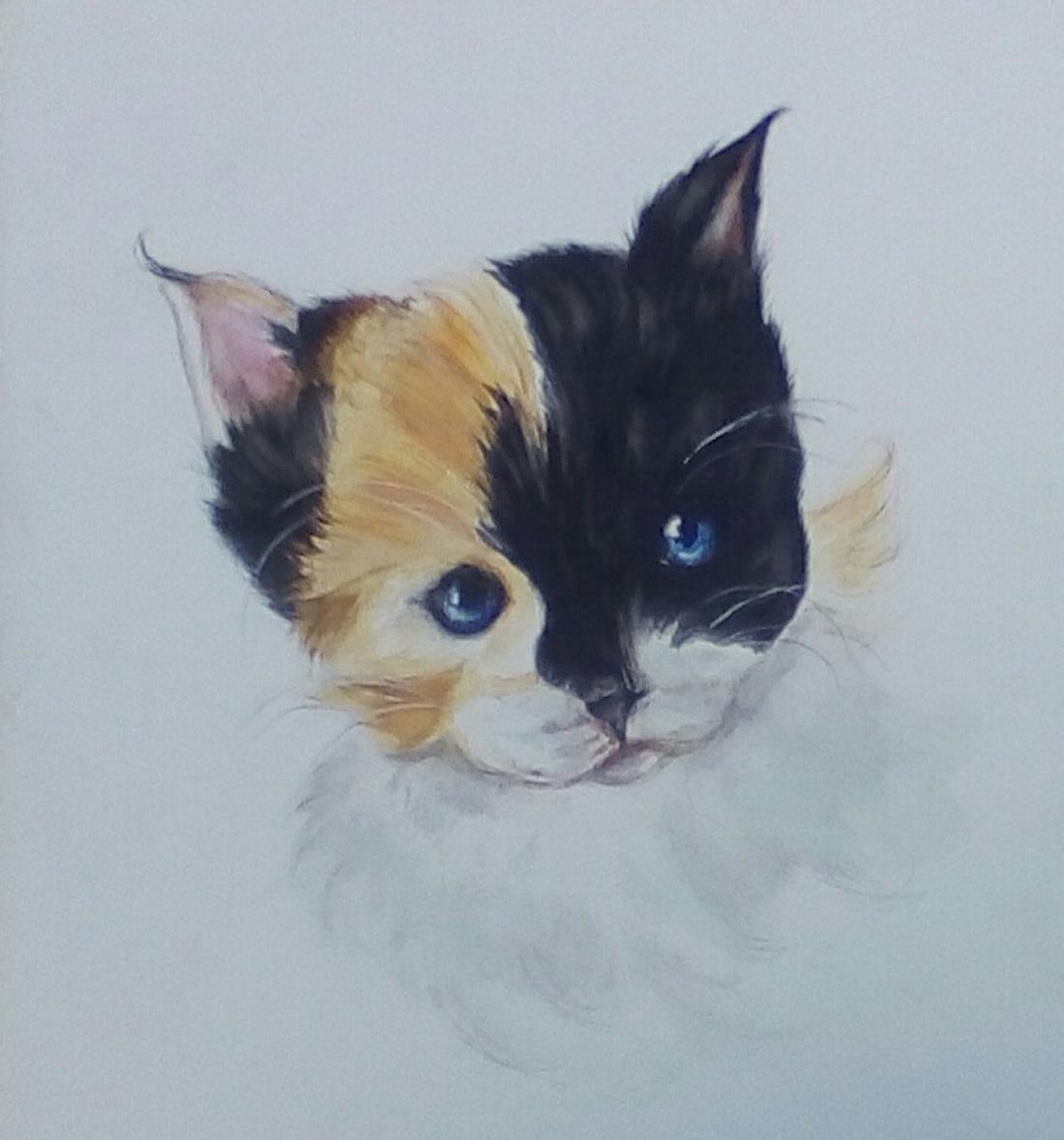
Learn how to paint a cat with expert watercolor artist Vanda Lavar. In this tutorial, Vanda will guide you step-by-step through the process of painting a beautiful cat, from creating a detailed sketch to applying the watercolor paint to create a realistic and lifelike image. With her expert guidance and the final image and sketch provided, you'll be able to create a stunning painting that showcases your artistic skills. J
Categories: Watercolor Lessons , Intermediate Techniques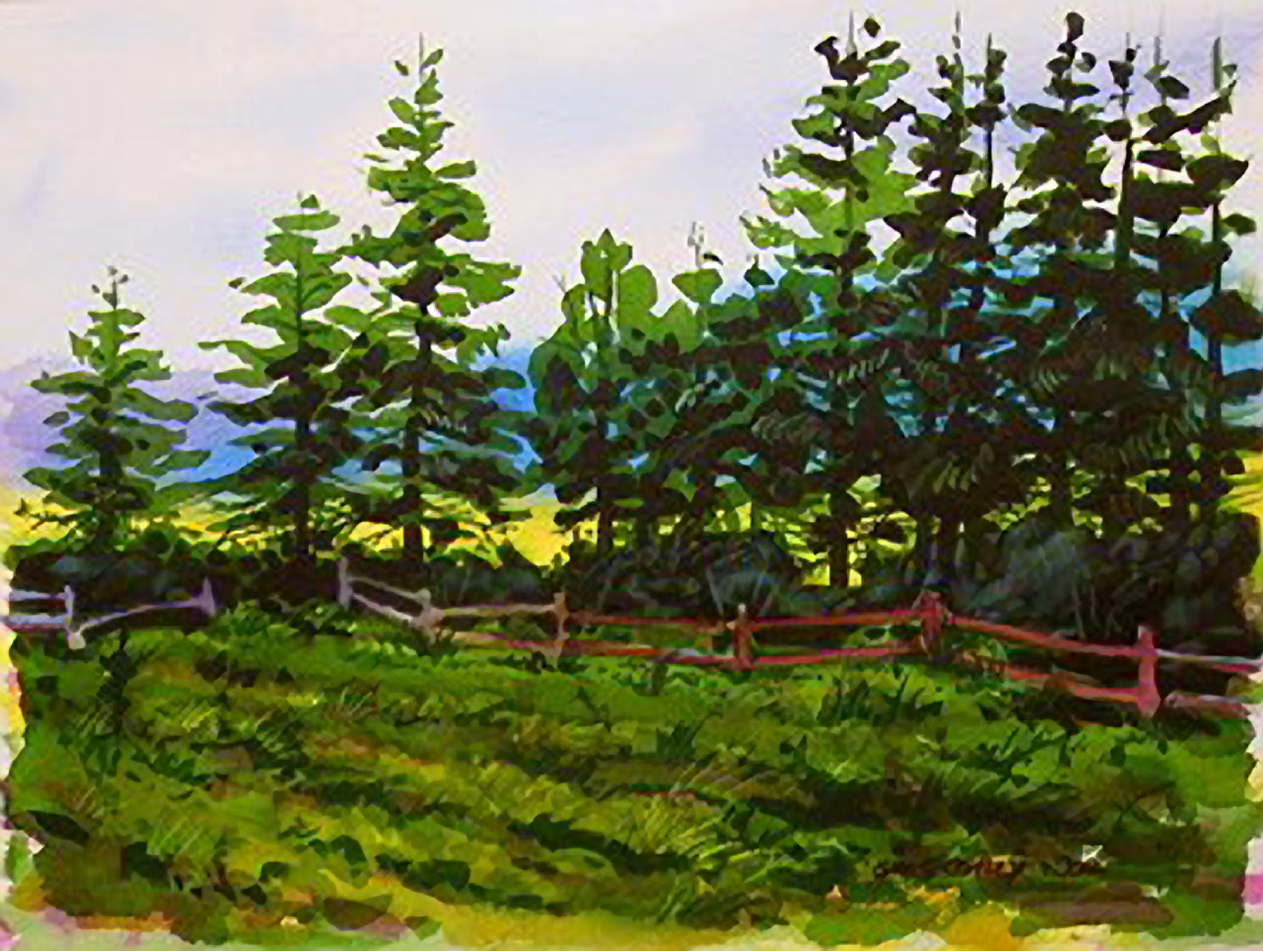
After underpainting in bright basic hues, I develop a field and the tree line in high silhouette. This was a fun experiment. Materials used: Brushes 1 1/2" (381mm) Flat Winsor & Newton Series 965 #10 Winsor & Newton 820 round red sable #5 Scripto Red Sable Rigger #8 Winsor & Newton 820 round red sable #6 Grumbacher Watercolor Classic Red Sable Paints Sap Green Hooker's Green Dark Cerulean Blue Cobalt Blue Dioxazine Purple Alizarin Crimson Permanent Rose Raw Sienna Burnt Umber Indian Yellow Pthalocyanine Green Paper Watercolor Block (12" x 16") Arches #140 cold pressed Miscellaneous #2 Pencil Kneaded Eraser...
Categories: Step-By-Step Painting Ideas , Watercolor Lessons , Beginner Techniques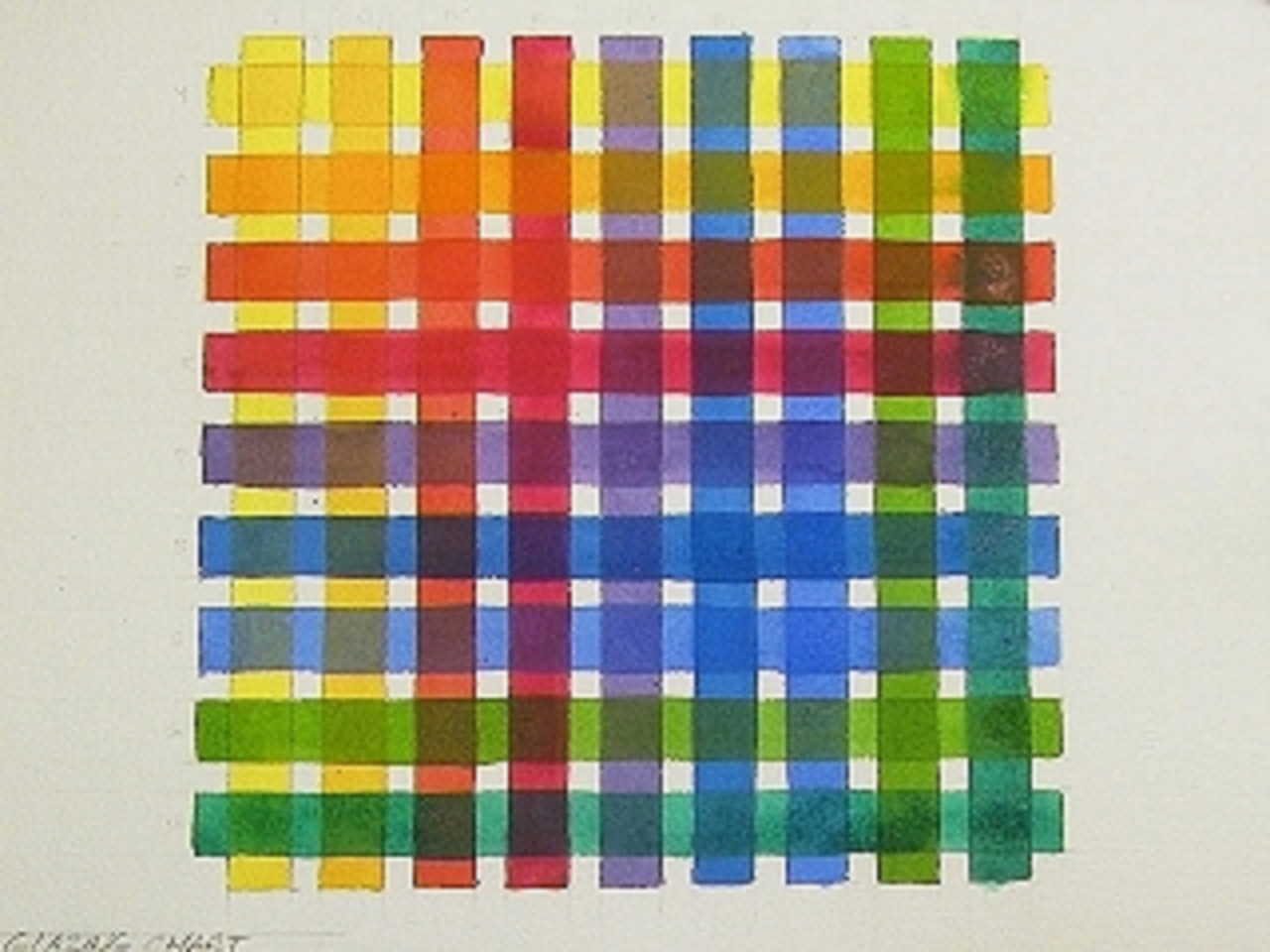
This is your cheat sheet for mixing colors accurately.
Categories: Watercolor Lessons , Beginner Techniques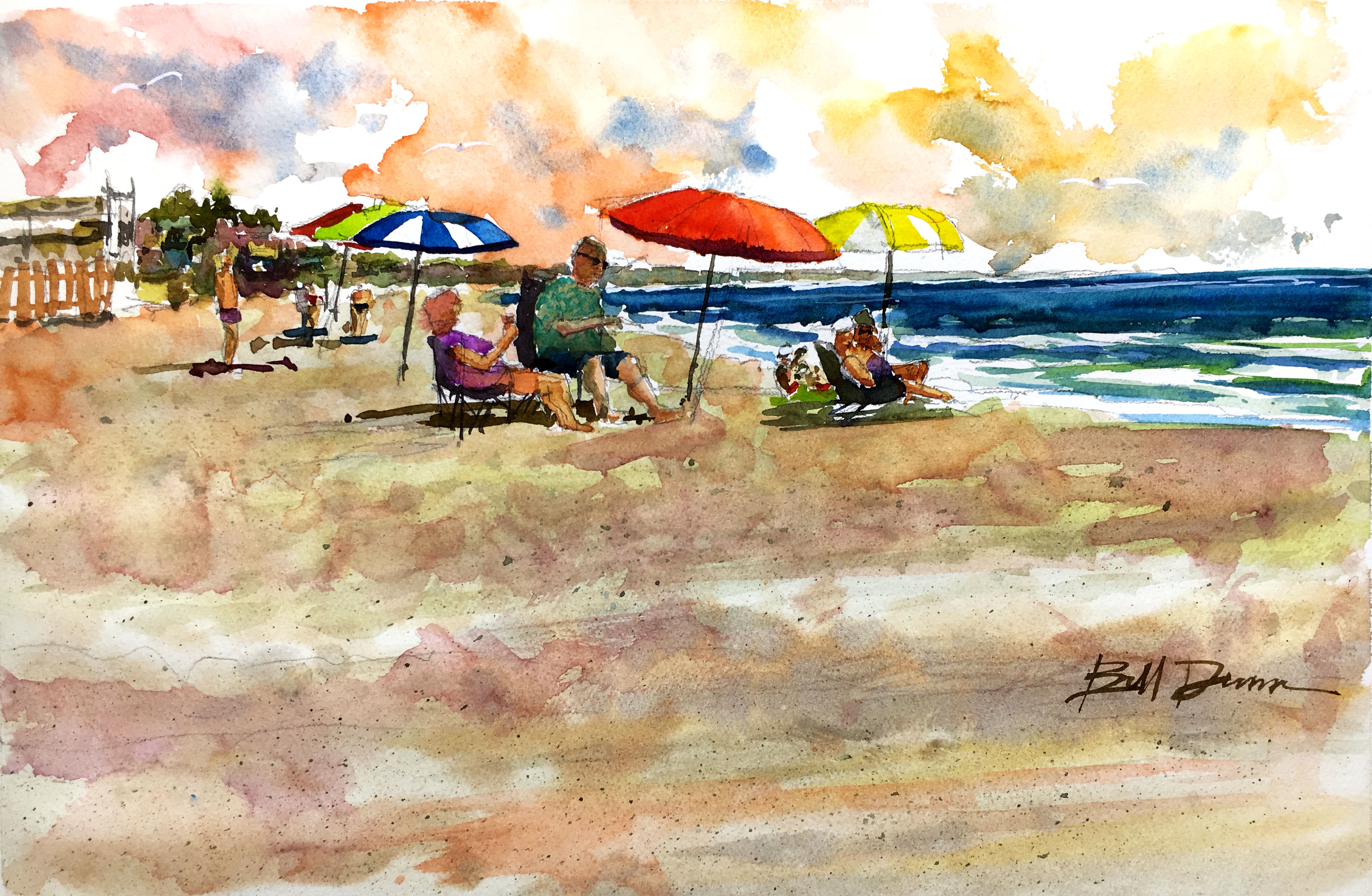
Taste a bit of the summer fun in this watercolor beach scene of Del Mar, California! Follow along in this colorful step-by-step tutorial by instructor William "Bill" Dunn.
Categories: Step-By-Step Painting Ideas , Watercolor Lessons , Step-By-Step Lessons , Beginner Techniques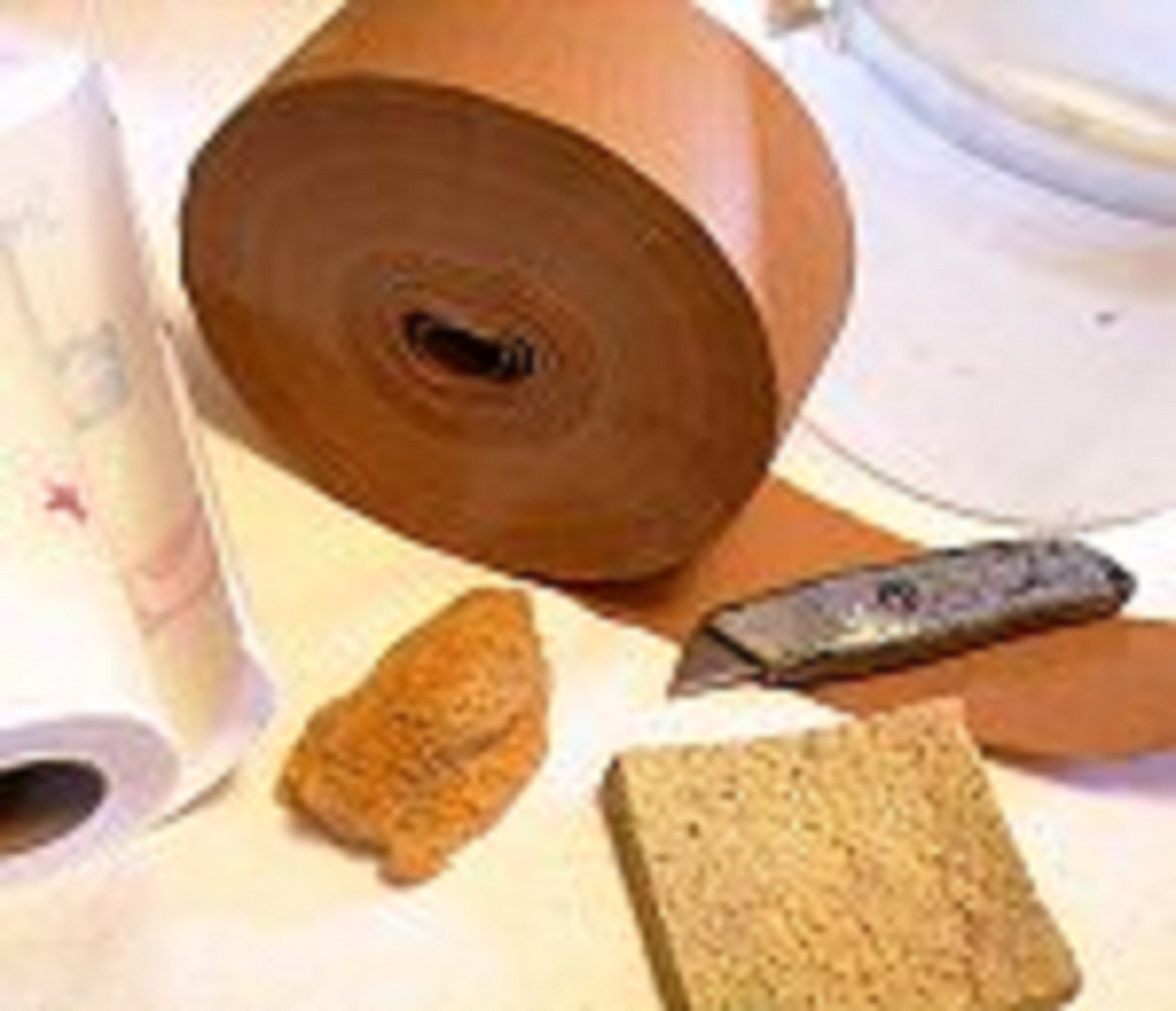
Stretching your watercolor paper has certain aesthetic advantages. You'll end up with a perfectly flat surface on which to work. This surface will stay relatively flat as you work and the finished painting will dry perfectly flat. The only disadvantage is that it takes some effort and dedication to do it consistently. Any paper of less than #300 weight is bound to warp according to the amount of water absorbed in the painting process. Synthetic papers generally do not warp at all. Watercolor paper in prepared blocks will dry flat also, if left on the block to dry. There are...
Categories: Watercolor Lessons , Intermediate Techniques
